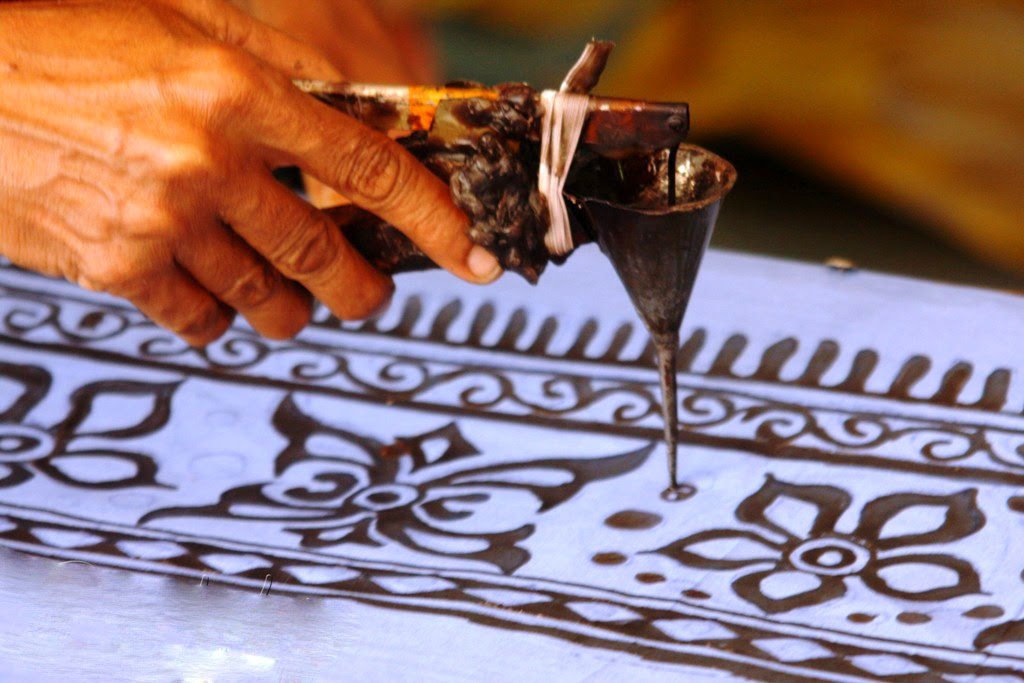The Vibrant World of Sri Lankan Batik Industry
Sri Lanka’s batik industry is a colorful and creative representation of the island’s rich cultural heritage and artistic excellence. With its vivid patterns, intricate designs, and unique craftsmanship, the batik industry has become an integral part of the country’s identity, blending tradition and modern innovation.
History of Batik in Sri Lanka
The art of batik-making in Sri Lanka traces its roots back to the Dutch colonial period, heavily influenced by Indonesian batik traditions brought to the island. Over time, Sri Lankan artisans adapted and evolved these techniques, infusing them with local themes, cultural symbols, and vibrant colors. By the mid-20th century, the batik industry in Sri Lanka had developed a distinctive style, celebrated both locally and internationally.
Batik-making in Sri Lanka has a rich cultural connection, with motifs inspired by ancient cave paintings, temple murals, and traditional Sinhala art. The industry flourished during the 1960s and 70s, gaining recognition for its bold designs and vivid color combinations.
Methods of Production
Batik production in Sri Lanka is an intricate and labor-intensive process that combines creativity with technical expertise. Different methods are used, often distinguished by the types of chemicals and materials involved:
- Traditional Wax-Resist Method: This is the most widely practiced technique. Artists sketch intricate patterns on fabric, inspired by nature, cultural motifs, and traditional symbols. Hot wax, typically made from beeswax or paraffin, is applied to the areas of the fabric that should resist dye, creating distinctive outlines and shapes.
- Paraffin Wax Technique: Paraffin wax is used for creating fine cracks in the design, producing a unique veined effect on the fabric. This technique is popular for achieving a more textured and artistic appearance.
- Resin Batik: A more modern approach, synthetic resins replace wax, offering greater durability and precision in patterns.
- Chemical Dyes: The fabric is dipped into vibrant natural or synthetic dyes. The waxed or resin-covered areas remain uncolored, creating a striking contrast with the dyed sections.
- Multi-Layering: Multiple layers of waxing and dyeing are repeated to add more colors and complexity to the design. Each stage demands careful attention to avoid color bleeding and maintain the integrity of the pattern.
- Wax Removal: After the dyeing process, the wax is removed by boiling the fabric, or resin is chemically dissolved, revealing the final intricate design.
The combination of these techniques enables Sri Lankan artisans to produce a vast array of textures, colors, and elaborate details, setting their creations apart in the global batik landscape.
Modern Art and Outputs of the Industry
Today, the Sri Lankan batik industry seamlessly blends tradition with contemporary art. Artisans and designers create a wide range of products that cater to both local and international markets:
- Clothing: Sarongs, dresses, shirts, and scarves adorned with colorful batik prints, celebrated for their elegance and vibrancy.
- Home Decor: Cushion covers, wall hangings, and tablecloths that bring cultural charm and artistic flair to any space.
- Accessories: Bags, purses, and jewelry featuring unique batik designs, adding a touch of heritage to modern fashion.
- Art Pieces: Framed batik artworks showcasing the skill and creativity of local artists, often depicting traditional and contemporary themes.
Innovative designers are also experimenting with batik in haute couture, blending this traditional craft with high-end fashion. This modern approach helps elevate Sri Lankan batik to global recognition.
Future Challenges of the Industry
Despite its beauty and cultural significance, the Sri Lankan batik industry faces several challenges:
- Competition from Mass Production: The rise of cheap, machine-made alternatives threatens the traditional hand-made batik industry.
- Preservation of Skills: The labor-intensive nature of batik-making discourages younger generations from learning the craft, risking the loss of traditional knowledge.
- Market Expansion: Limited access to global markets and high production costs hinder the industry’s international reach.
- Sustainability: Ensuring the use of eco-friendly dyes and materials while maintaining affordability remains a growing concern.
- Innovation: Adapting to contemporary design trends without losing the essence of traditional batik requires a delicate balance.
The Road Ahead
The future of Sri Lanka’s batik industry lies in preserving its rich heritage while embracing innovation. Government support, design education, and international collaborations can help sustain the industry. Promoting eco-friendly production methods and digital marketing efforts can also expand global reach and attract a new wave of enthusiasts.
At Views Lanka Tours, we celebrate the art and heritage of Sri Lanka. We invite you to explore the country’s vibrant batik industry firsthand — meet the artisans, learn the techniques, and take home a piece of this beautiful tradition. For more information, visit our website: www.viewslanka.com.


0 Comment